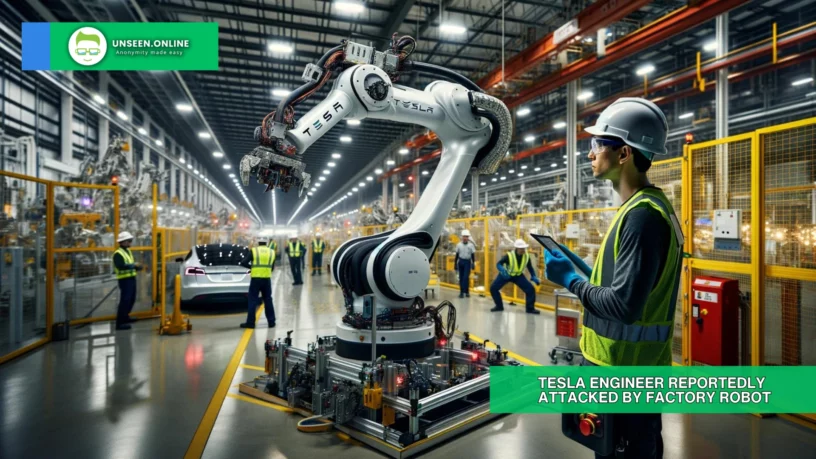In a shocking event at Tesla’s Texas Gigafactory in 2021, an engineer was attacked by a robot designed to handle car parts. During maintenance work, the machine, inadvertently left operational, trapped the engineer against a wall and injured him with its metal claws. The swift action of a colleague, who hit the emergency stop button, averted a more serious outcome. This alarming episode at the Austin facility, which left a blood trail, was reported by The Information.
This incident is part of a broader pattern of safety issues at the factory. Records with the Occupational Safety and Health Administration (OSHA) reveal that one in every 21 workers at the Gigafactory sustained injuries last year. These range from a worker being sidelined for 127 days due to an ankle injury to another suffering a head injury leading to a three-month absence. The engineer involved in the robot incident, however, did not take time off. Back in 2017, Tesla reported approximately two injuries per day, totaling 722 for the year.
Tesla’s obligation to report all factory injuries is tied to its financial incentives. The company has received over $60 million in tax breaks from Travis County and the Del Valle Independent School District, where the factory is situated. These reports are crucial for maintaining these tax advantages.
However, there are concerns about the comprehensiveness of these injury reports. An attorney representing contract workers at the factory suggested to The Daily Mail that not all injuries are recorded. More disturbingly, the attorney highlighted the omission of a construction worker’s death due to heatstroke in 2021.
The frequency and severity of these incidents raise questions about workplace safety standards at Tesla’s facilities. With such a high rate of injuries and a serious incident involving automation technology, the company faces scrutiny over its safety practices and reporting transparency. As Tesla continues to expand, ensuring the safety of its workforce remains a critical challenge.







